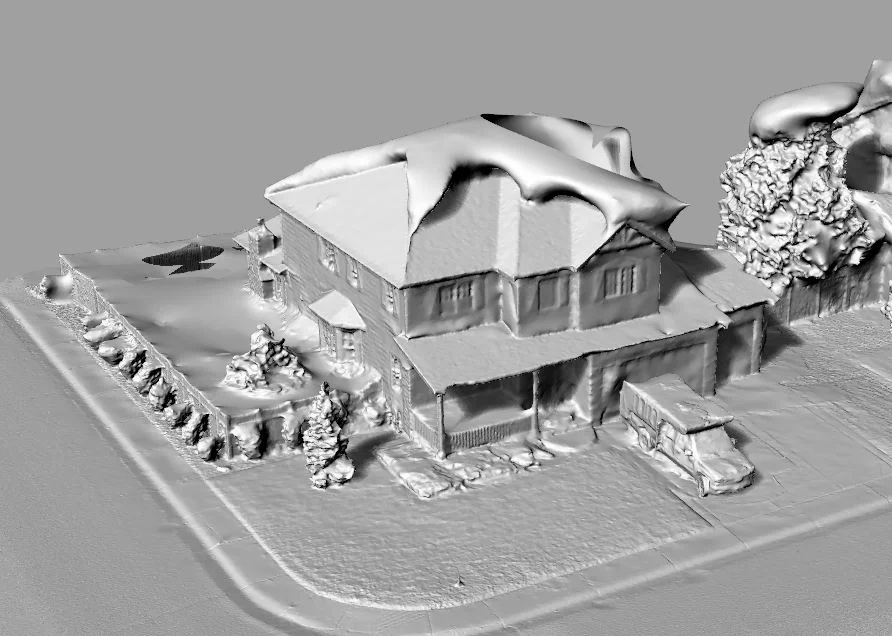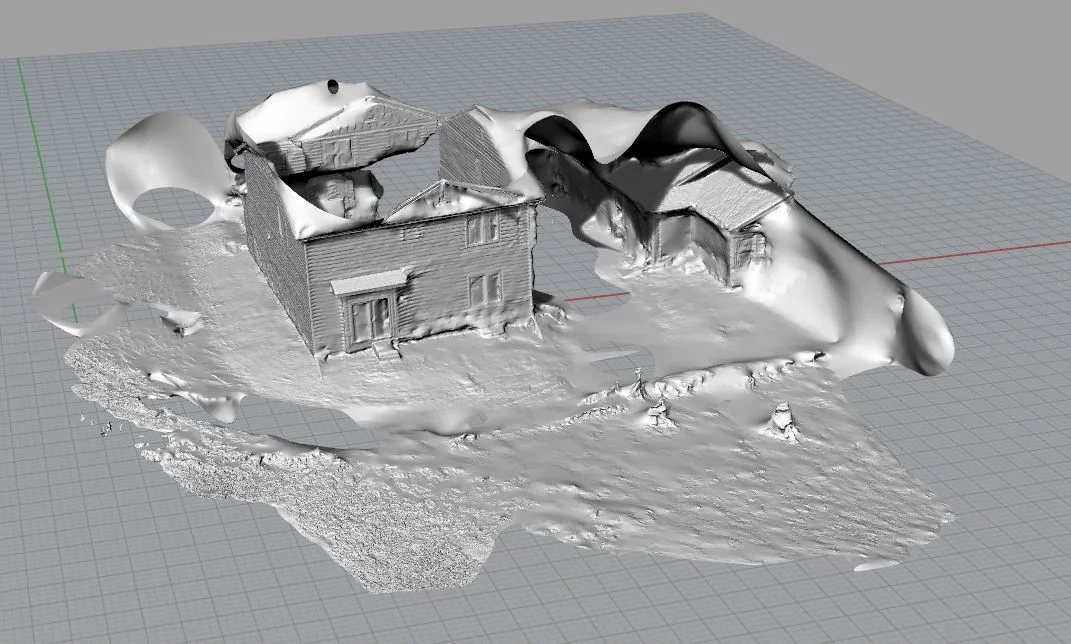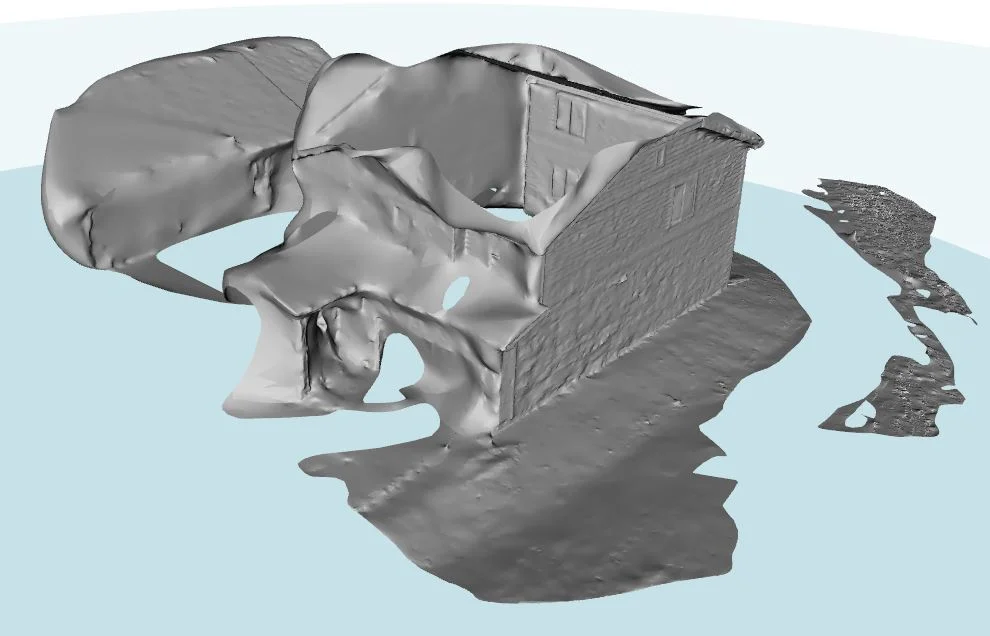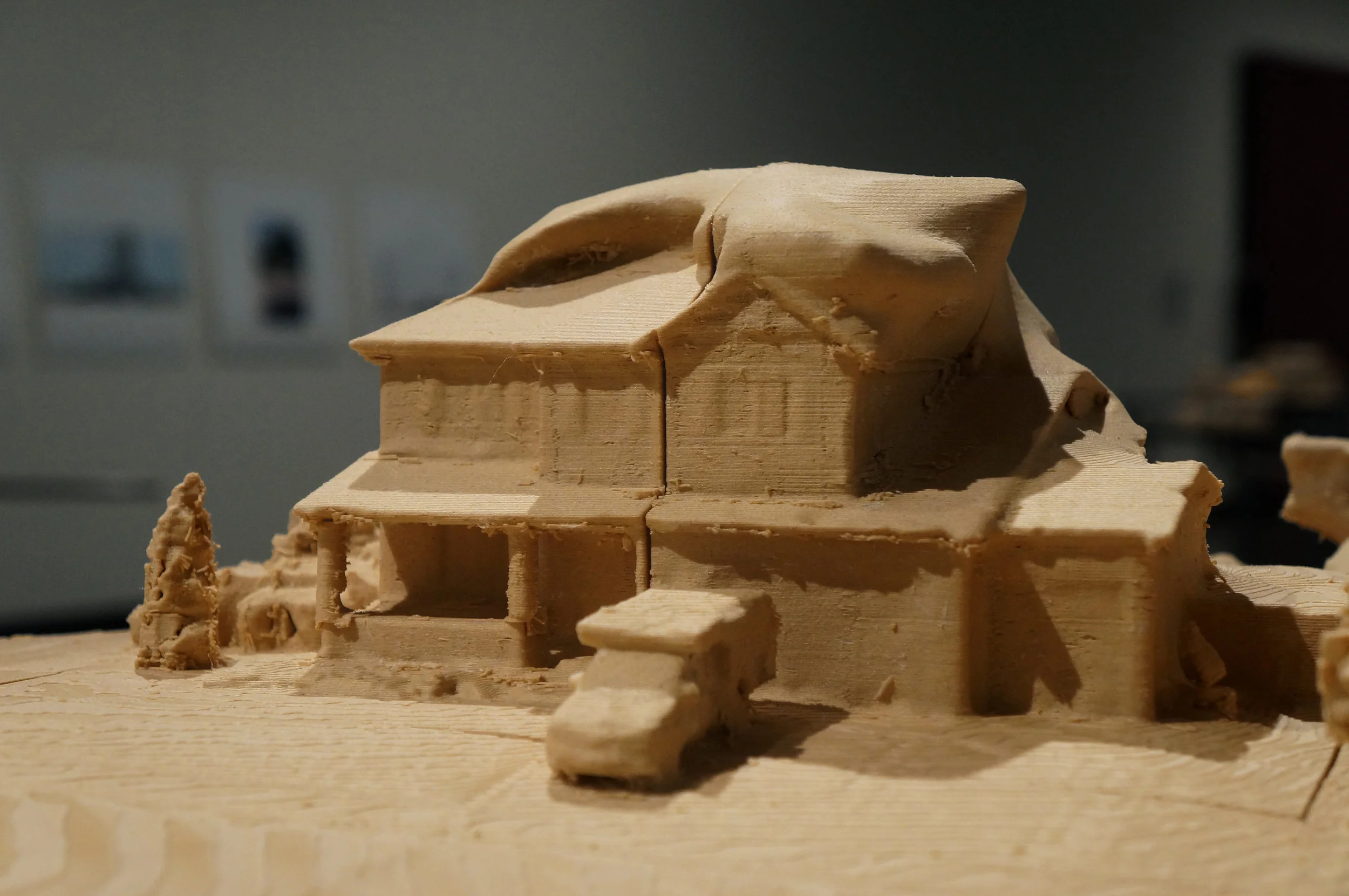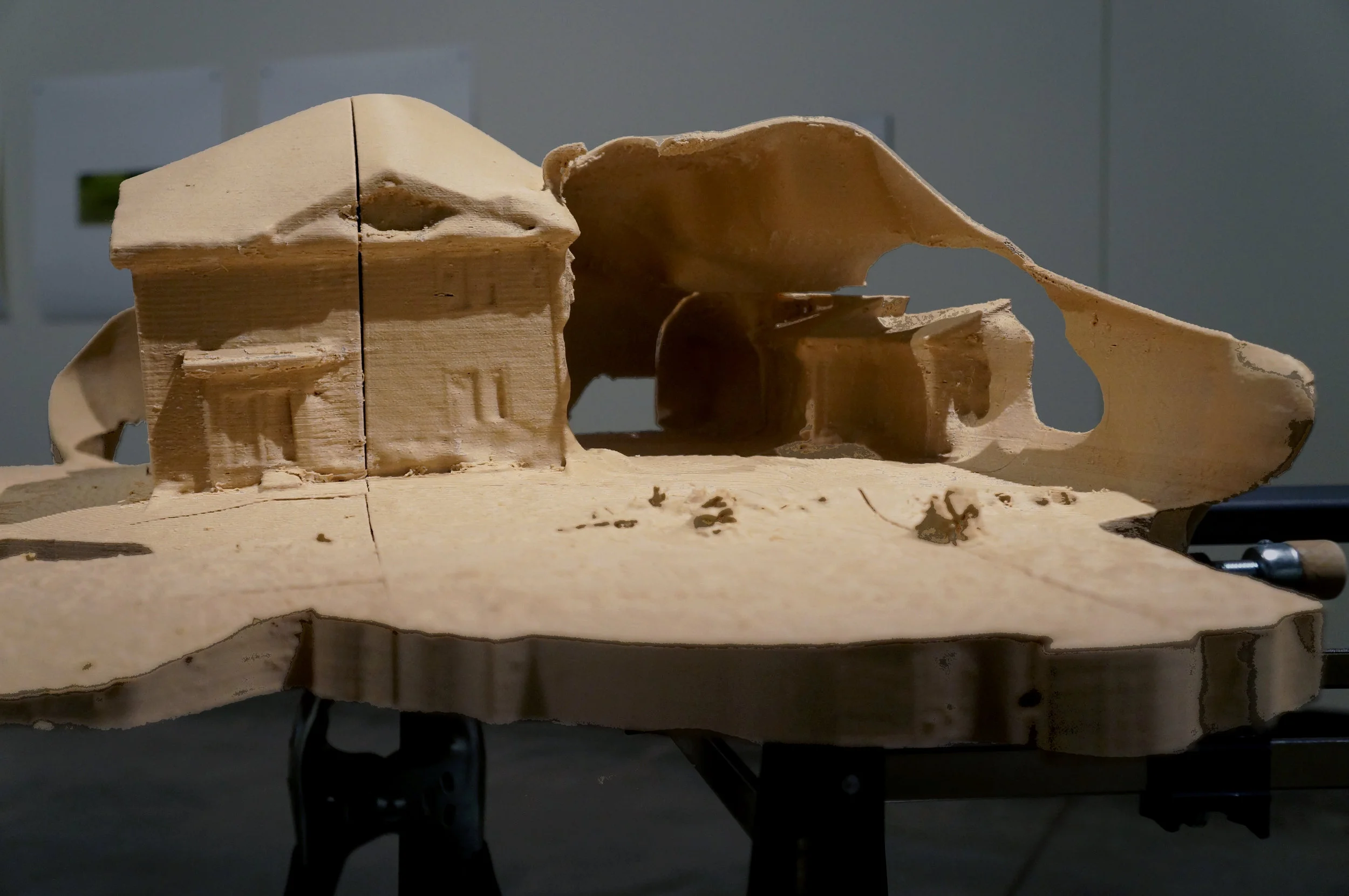Case Study: Weld County, COlorado
By David Brooks
This project is a sculptural study. A study is not a final result; it is not meant to be an end, but rather a means to potential ends at a later time. One may even see it as an act of hope.
Weld County has the densest number of active fracking wells in the country. Yet it is most shocking not in this particular fact, but in the inconspicuousness of the industrial footprint. Ranch houses, playgrounds, charming school grounds, big skies and ample amenities for a comfortable suburban life all deny the reality of what lies beneath this masterfully crafted image of normalcy. A map illustrating the underground network of active gas extraction lines reveals a sprawling, tightly knit mesh of export pipelines sitting just below the playgrounds, carpeted living rooms, stocked grocery stores, and manicured front lawns. This super infrastructure is something usually placed deep in the desert, under the ocean, or otherwise marginalized, so as to limit human contact with its dangers. But in Weld County, the domestic, and the everyday come in intimate proximity to the industries of resource extraction. It is an uncanny site of confrontation between the safety of home and industrial hazard. How we see the landscape mirrors how we inhabit the landscape and ultimately how we consume and shape it. Our perception reflects the guiding ideologies of our distinct time and place.
Case Study: Weld County, CO consists of re-assembled 3D prints of real homes in Weld County, all of which lie less than one hundred feet away from an active fracking-well pad. The 3D scans were generated through photographs of each house taken from several hundred vantage points. Each photograph was taken from a pedestrian’s point of view—from sidewalks, roads, or public paths—to capture the entire house and property in the round. This restricted approach to the scanning process presented anomalies within the modeling program – creating the welcomed deformities one finds showcased in the final printed forms. Using a process called photogrammetry, the photographs were then digitally combined to generate a 3D mesh. When the consecutive images were thus assembled, the software supplemented missing data or omitted existing information. In some cases the sky folded into rooflines, trees melded into the walls of a house, or exterior space was mistaken for interior space.
Such deformations were used here as formal analogies to make more evident the disconnect between the consequences of our actions and how we perceive them. The project looks at how we normalize our impact on the natural world, as well as the perceived consequences for our health. What appears to be prosaically benign can be deadly.
The 3D models were printed in 200 by 200-millimeter sections, sized to fit on the beds of 3D printers. All six homes and sites scanned were composed of a composite sugarcane and corn-based plastic material, comprised of 70 percent PLA thermoplastic and 30 percent wood fiber. Each of the home’s gridded sections were then assembled atop a set of sawhorses, held together by adjustable bar clamps. Thus, the completed image of the home and site were wholly dependent on elements outside themselves and at odds with their own stability. Stasis and longevity were supplanted by a sense of insistent vulnerability and impending rupture—a sentiment replete throughout Weld County today.
The production of Case Study: Weld County, CO was realized through the technical and conceptual aptitude of Endless, a digital fabrication consultancy run by Harrison Tyler. In addition, this project would not have been possible without the discerning eyes of Emily Boutilier Sullivan and Kyle Singer, graduate students at Colorado State University, and their keen efforts in scanning the houses used here as case studies.
David Brooks, Twilight Avenue, 2017. FDM 3D print from corn-based plastic with wood fibers, bar clamps, steel sawhorses, hardware.
David Brooks, Coal Mine Street, 2017. FDM 3D print from corn-based plastic with wood fibers, bar clamps, steel sawhorses, hardware.
David Brooks, Scenic Avenue, 2017. FDM 3D print from corn-based plastic with wood fibers, bar clamps, steel sawhorses, hardware.
Fracking well, Weld County, CO. Photograph by David Brooks.
David Brooks is an artist whose work considers the relationship between the individual and the built and natural environment. His work investigates how cultural concerns cannot be divorced from the natural world, while also questioning the terms under which nature is perceived and utilized. Brooks is on the faculty of MICA's Interdisciplinary Sculpture Department, is currently a Smithsonian Artist Research Fellow, and lives and works between New York City and New Orleans.

